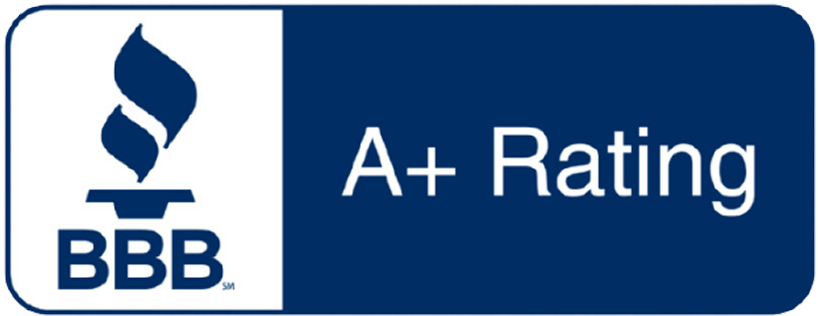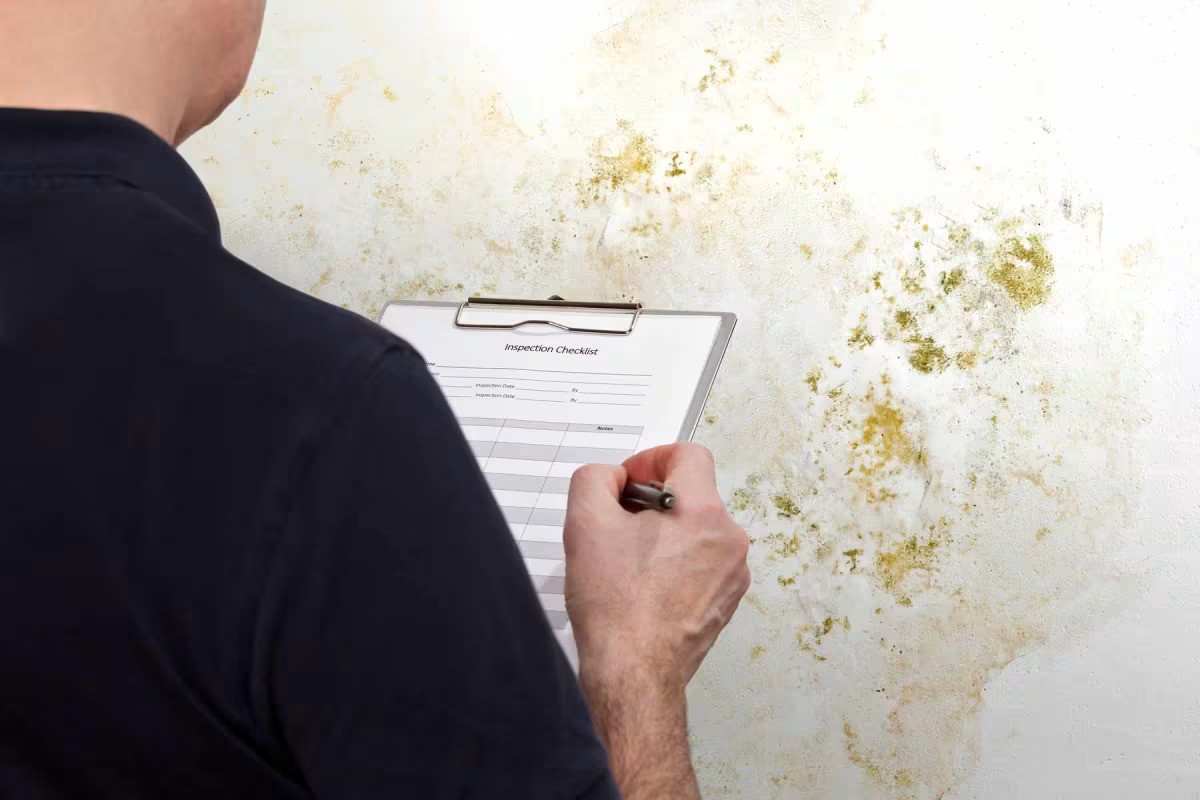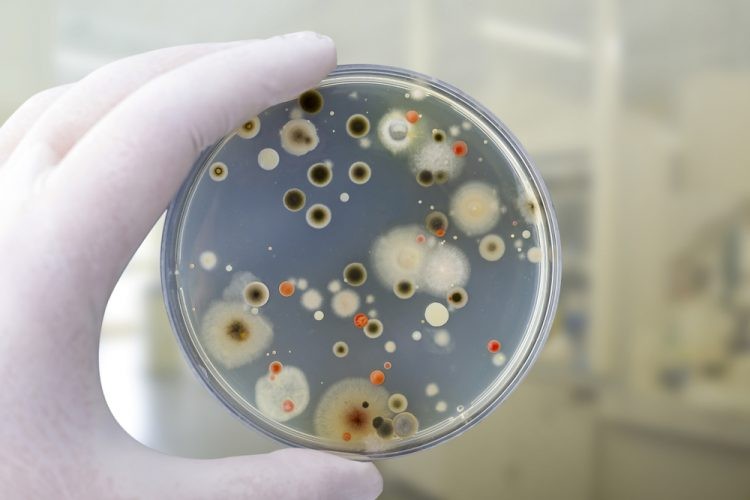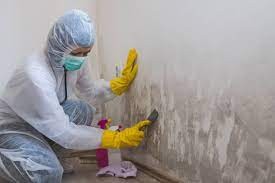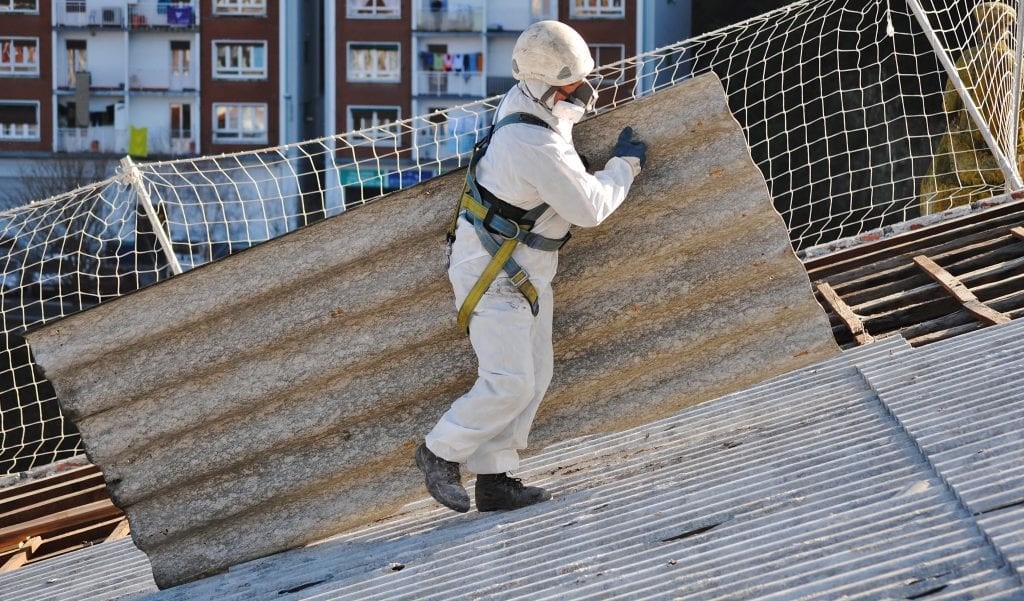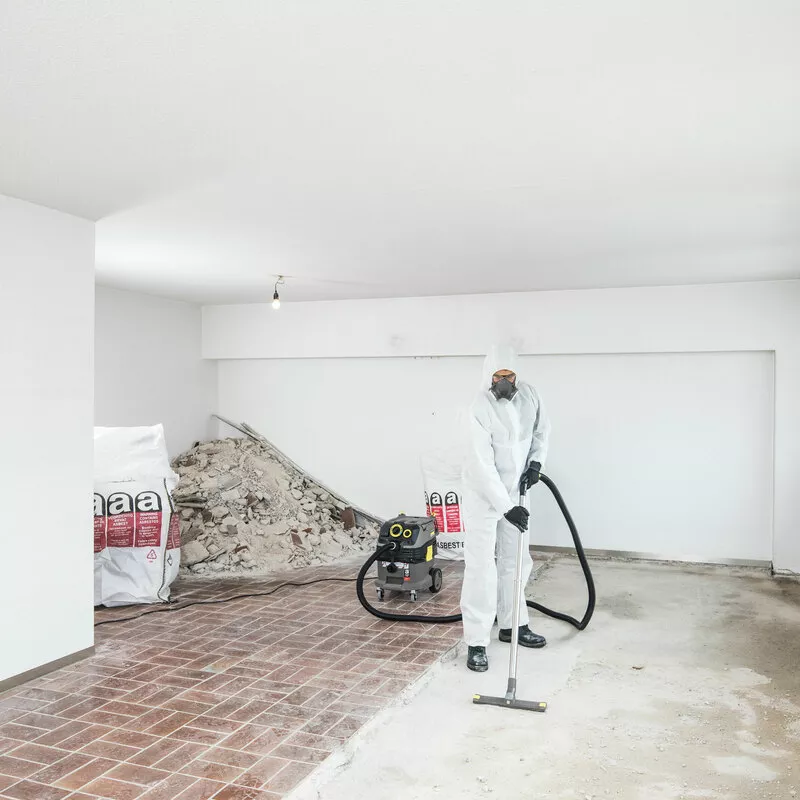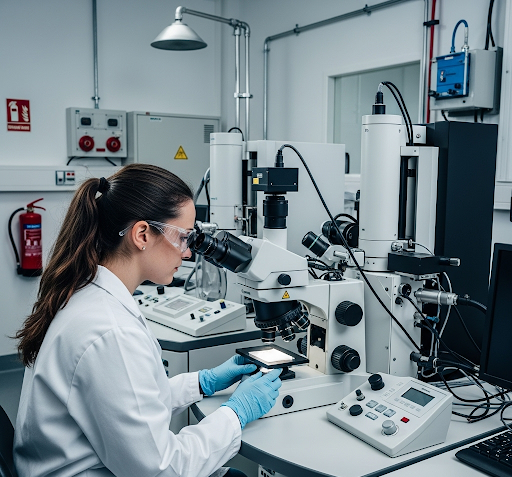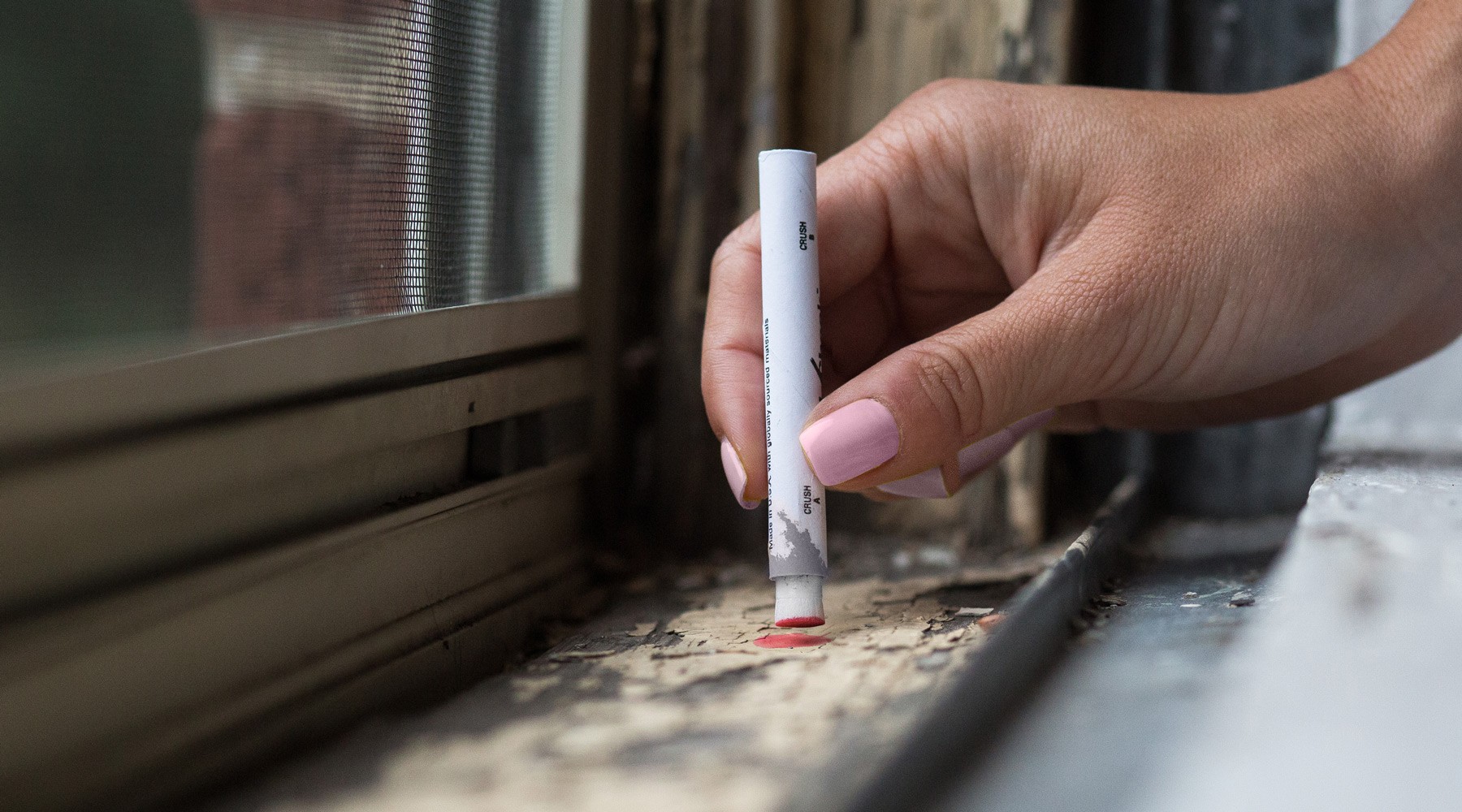Mold is one of the most common — and often hidden — indoor air quality problems affecting homes, offices, and commercial buildings. While some mold is visible and easy to clean, hidden mold growth can go unnoticed for months or even years, silently impacting your health, property value, and indoor air quality.
That’s where professional mold testing comes in.
🧪 What Is Mold Testing?
Mold testing is the process of identifying the presence, type, and concentration of mold spores in indoor environments. It involves collecting air and/or surface samples, analyzing them in a laboratory, and providing a detailed report on mold contamination levels and potential health risks.
It’s especially important when mold is suspected, but not visible — or after cleanup, to verify that an area is truly safe.
🦠 Why Is Mold a Problem?
Mold thrives in warm, damp environments and can grow on:
-
Drywall and insulation
-
Carpets and upholstery
-
Wood and ceiling tiles
-
HVAC systems and ductwork
-
Behind wallpaper or under flooring
🧍♂️ Health Effects of Mold Exposure
Exposure to mold — especially toxic black mold (Stachybotrys chartarum) — can cause:
-
Allergies and asthma flare-ups
-
Persistent coughing or wheezing
-
Eye, skin, and throat irritation
-
Headaches and fatigue
-
Serious respiratory issues or infections (in those with weakened immune systems)
Children, the elderly, and people with respiratory conditions are most at risk.
🏠 When Should You Get Mold Testing?
You should schedule mold testing if:
-
You smell a musty odor but can’t find visible mold
-
Your building has had leaks, flooding, or water damage
-
You’re experiencing health symptoms when indoors that improve when you leave
-
There is visible mold, but you’re unsure how widespread it is
-
You’re buying or selling a property
-
You want to verify the success of mold remediation work
🔬 Types of Mold Testing
1. Air Sampling
Measures the concentration of mold spores in indoor air. Useful when mold is hidden or spread through HVAC systems.
2. Surface Sampling
Swab or tape samples are collected from visible mold growth to identify the species present.
3. Bulk Sampling
Pieces of building material (drywall, carpet) are removed and tested to evaluate contamination inside materials.
4. Dust Sampling
Analyzes settled dust to identify mold over time, helpful for long-term exposure assessments.
5. Moisture Mapping & Thermal Imaging
Not a test for mold directly, but helps locate areas of excess moisture where mold may be growing behind walls or under floors.
🧑🔧 Who Performs Mold Testing?
Certified mold inspectors or industrial hygienists trained in IAQ and environmental safety typically perform mold testing. Look for professionals with:
-
IICRC Certification (Institute of Inspection Cleaning and Restoration Certification)
-
ACAC Certification (American Council for Accredited Certification)
-
Experience in mold remediation or building science
📊 What’s in a Mold Testing Report?
A professional mold testing report includes:
-
Types of mold detected (e.g., Aspergillus, Penicillium, Stachybotrys)
-
Spore concentration levels (compared to outdoor samples)
-
Affected areas and materials
-
Health risk assessment
-
Recommendations for cleanup or remediation
🛠️ What Happens if Mold is Found?
If mold contamination is confirmed, steps include:
-
Moisture source control (e.g., fixing leaks, improving ventilation)
-
Professional mold remediation using containment and HEPA filtration
-
Material removal (e.g., mold-infested drywall or carpet)
-
Post-remediation verification testing to confirm the area is mold-free
DIY cleanup is not recommended for large or hidden mold problems — improper removal can make the problem worse by releasing spores into the air.
🧾 Legal and Health Compliance Considerations
In some jurisdictions, mold testing or disclosure is required by law in:
-
Rental properties
-
Schools and daycare centers
-
Public buildings or healthcare facilities
-
Real estate transactions in certain states or countries
Failure to identify or address mold issues can result in legal liability, insurance complications, and loss of property value.
✅ Conclusion: Don’t Let Mold Stay Hidden
Mold doesn’t always grow where you can see it — but it always affects the air you breathe. Professional mold testing gives you the insight you need to protect your health, your family, and your investment.
📞 Need Mold Testing? We’re Here to Help.
Our certified mold inspectors provide comprehensive testing and inspection services for homes, schools, and commercial properties. Whether you're investigating health symptoms or preparing for a renovation, we deliver clear answers and safe solutions.
👉 Contact us today to book an inspection or get a free consultation.

